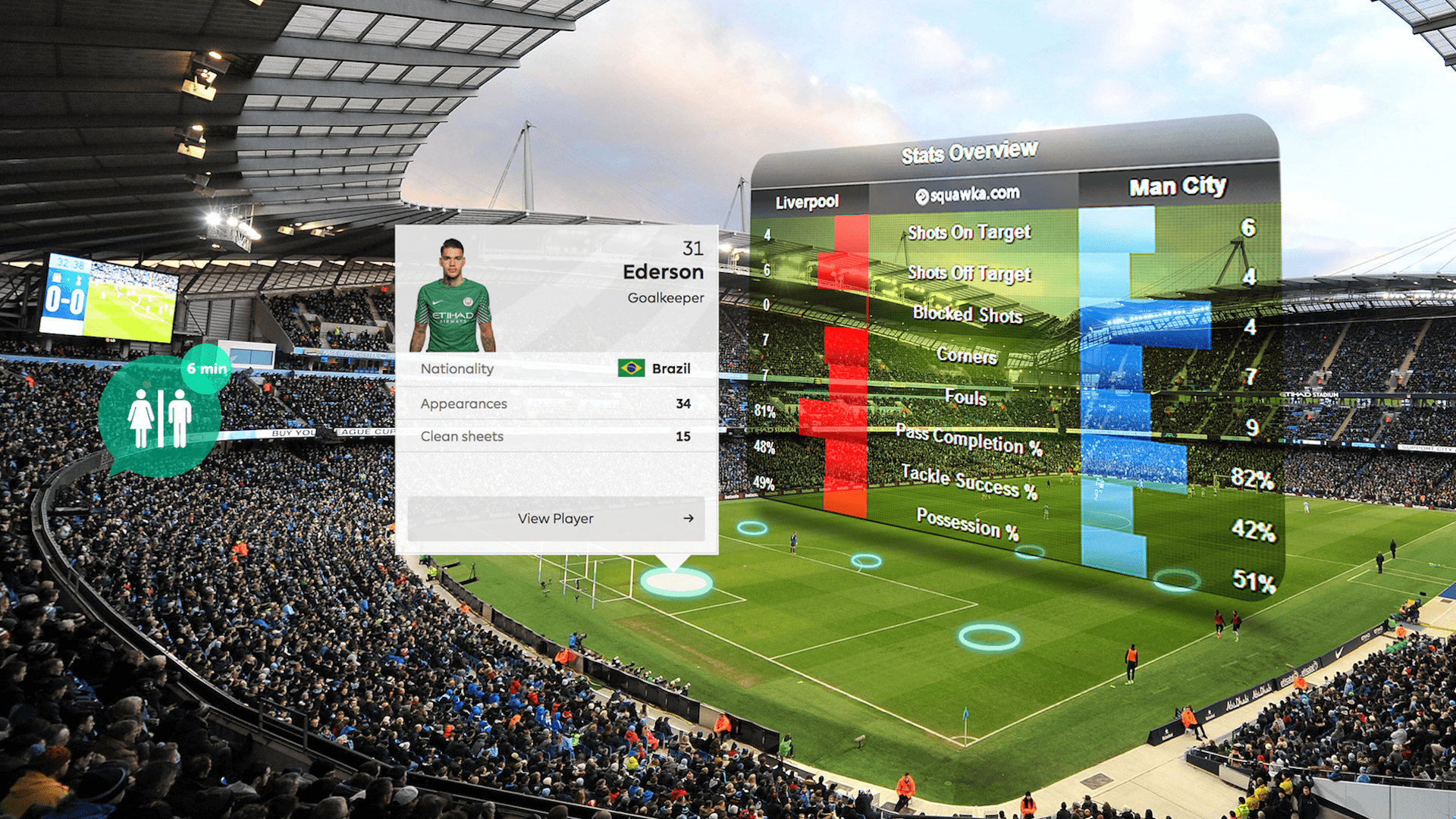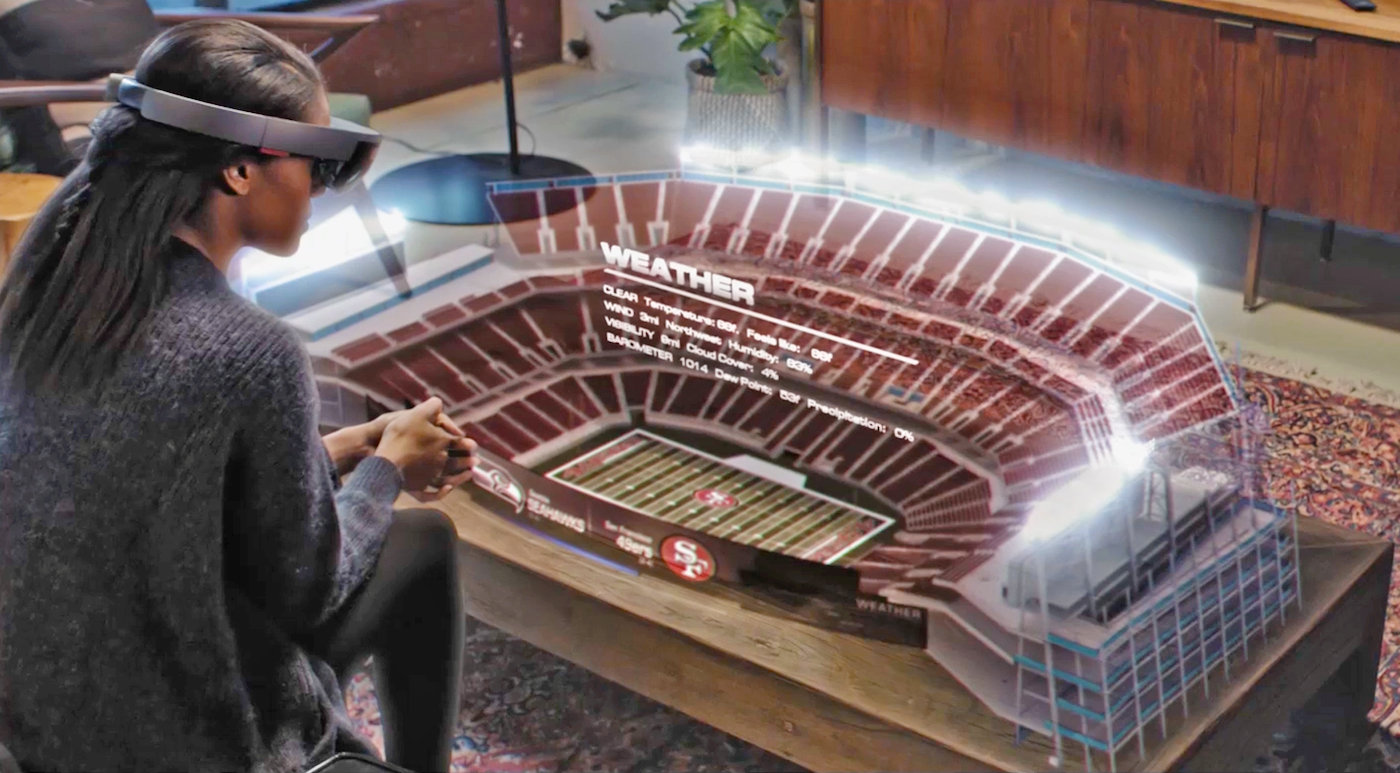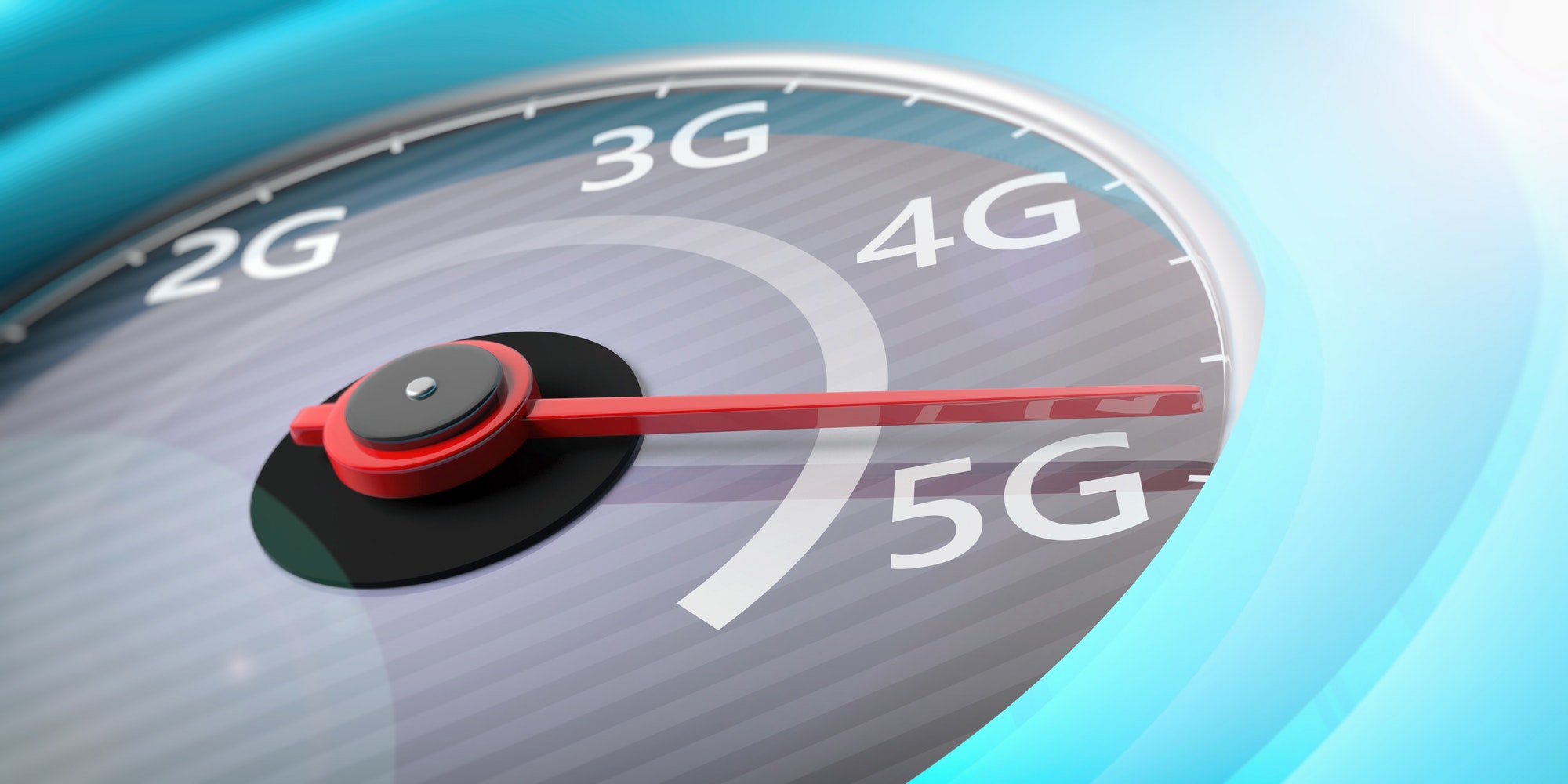Technology has sprinted ahead at an unprecedented rate over the past few years, but the viewing of sports events has largely been left behind. While there have been some developments—such as adding commentary, informational graphics, different camera angles, and slow-motion replays—change has been slow and incremental.

Sports fans are no longer content with simply sitting and watching matches. They are passionate, they like to have a wealth of information at their fingertips, and become their own commentator. There is a demand for greater interactivity and immersion.
Here’s a rundown of some of the recent developments we have seen.
Real-Time Updates
In an increasingly connected world, sports fans, teams, and news outlets are constantly sharing updates about live matches via Twitter, Instagram, Snapchat, and Facebook. Log onto any of these platforms during a big game, and you’ll be sure to see thousands of posts about the latest referee decision, an injury, or substitution. For fans who aren’t able to watch the match live themselves, these social channels offer a community voiced commentary with which they can engage. Real-time statistics, infographics, and news are commonplace on broadcaster websites during a sporting event. These allow fans to be more knowledgeable about what they’re watching and add to the viewing experience.
New Realities
As high-quality hardware becomes more accessible to the masses—thanks to standalone devices like the Oculus Quest—watching sports events in virtual reality will soon be as easy as turning on the television, only much more exciting.
We are already seeing huge progress in this area. For example, the NBA introduced its VR/MR League Pass at the end of 2018, allowing basketball fans from all over the globe to use a cross-platform app to tune into the hottest games and see them from all angles. The platform NextVR is also showing NFL games, alongside WWE Wrestling and boxing matches. The BBC embraced immersive technology during the 2018 World Cup by creating an app that screened all 33 matches in virtual reality with commentary from Match of the Day and a live stats dashboard with real-time match information. As of August 2019, the Match of The Day broadcast is coming from a Virtual Reality studio based at dock10’s studios in Manchester. Presenters are able to seamlessly interact with real and virtual elements, using Unreal Engine 4 to create photorealistic output in real-time.
Then there’s augmented reality—the possibilities to enhance the sports viewing experience with AR are endless. Adverts that surround the pitch could be tailored to each user’s preferences, or offer the opportunity to shop for team merchandise using AR and AI. Or, imagine you are watching from home and you could use your mixed reality headset to pick on-screen players and see information and statistics as the game continues.

Smart Stadiums
For many fans, going to a sports stadium on match day means long queues, traffic, crowded public transport, and a sea of people. Smart stadiums such as Amsterdam ArenA want to tackle the negative aspects of sports viewing by using technology. The stadium plans to use self-driving cars that can park themselves, facial recognition tools controlling entry to the stadium, an artificial intelligence solution to guide fans to their seats, and thousands of sensors attached to objects like chairs, gates, and stairs to optimize overall stadium management.

The Impact of 5G
I took a deep dive into how 5G will unlock the potential of immersive technology earlier this year. When it comes to sports viewing, the conclusion remains the same—5G is not only beneficial but indeed necessary to the development of VR, AR, and MR outside of the home. Being at a sports game and struggling to make a call or upload to social media is an experience familiar to many sports fans.
5G will allow many more users to simultaneously access high-speed data services so that they can share, tweet and upload to their hearts’ content. When it comes to immersive technology, 5G will enable high-quality, real-time virtual, augmented and mixed reality content to become increasingly available on portable devices.
In late 2018, Verizon partnered with the Sacramento Kings basketball team to offer students virtual courtside seats powered by 5G, which was pulled off without any issues. “This is an extension of our commitment to using technology to enhance the way fans engage with the team—whether live streaming a game in virtual reality, downloading real-time statistics via our award-winning dual-mode app, or watching 4K replays on our ultra HD video board, technology allows us to create and deliver engaging content” said Sacramento Kingschief technology officer Ryan Montoya.

The days of staring at the screen for hours are about to be replaced by more interactive and personalized experiences. You just need to look at what many of the broadcasters and consortiums like Weavr are already doing to get a taste of what’s to come.




